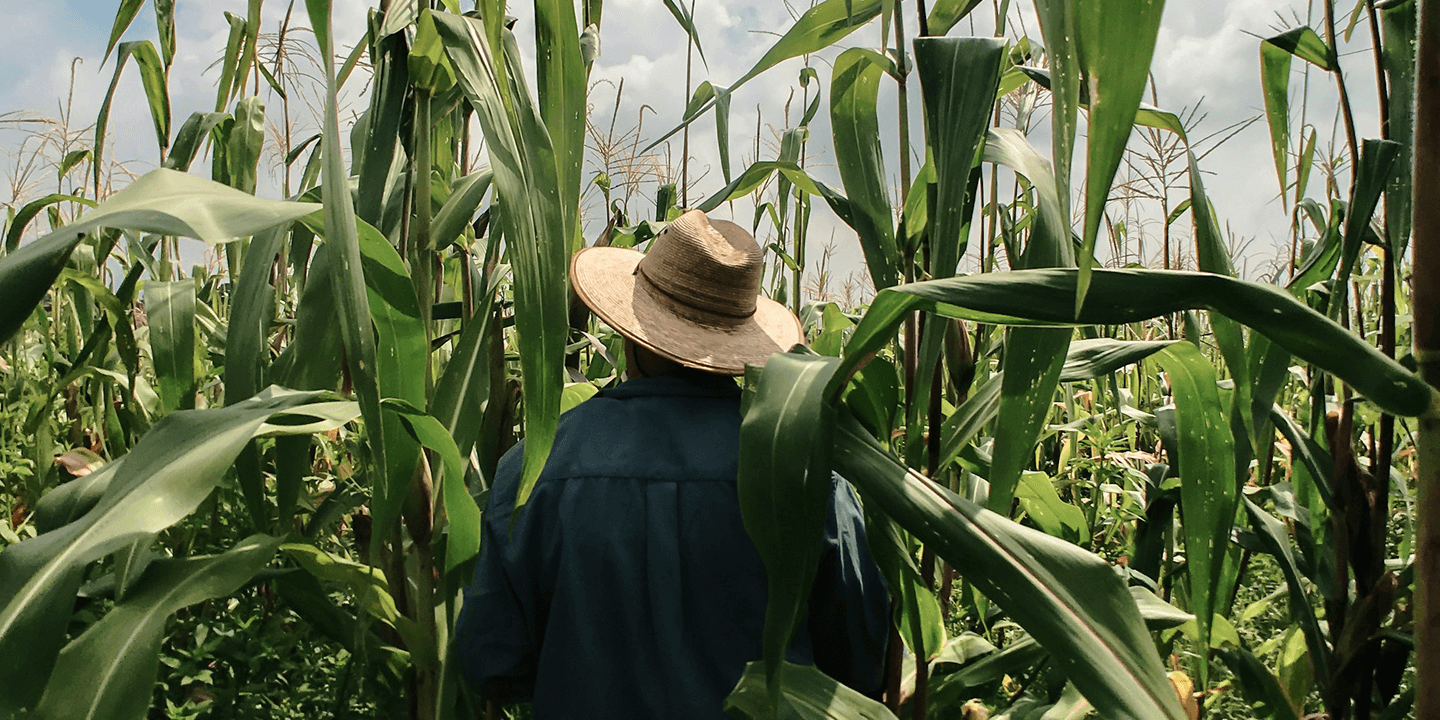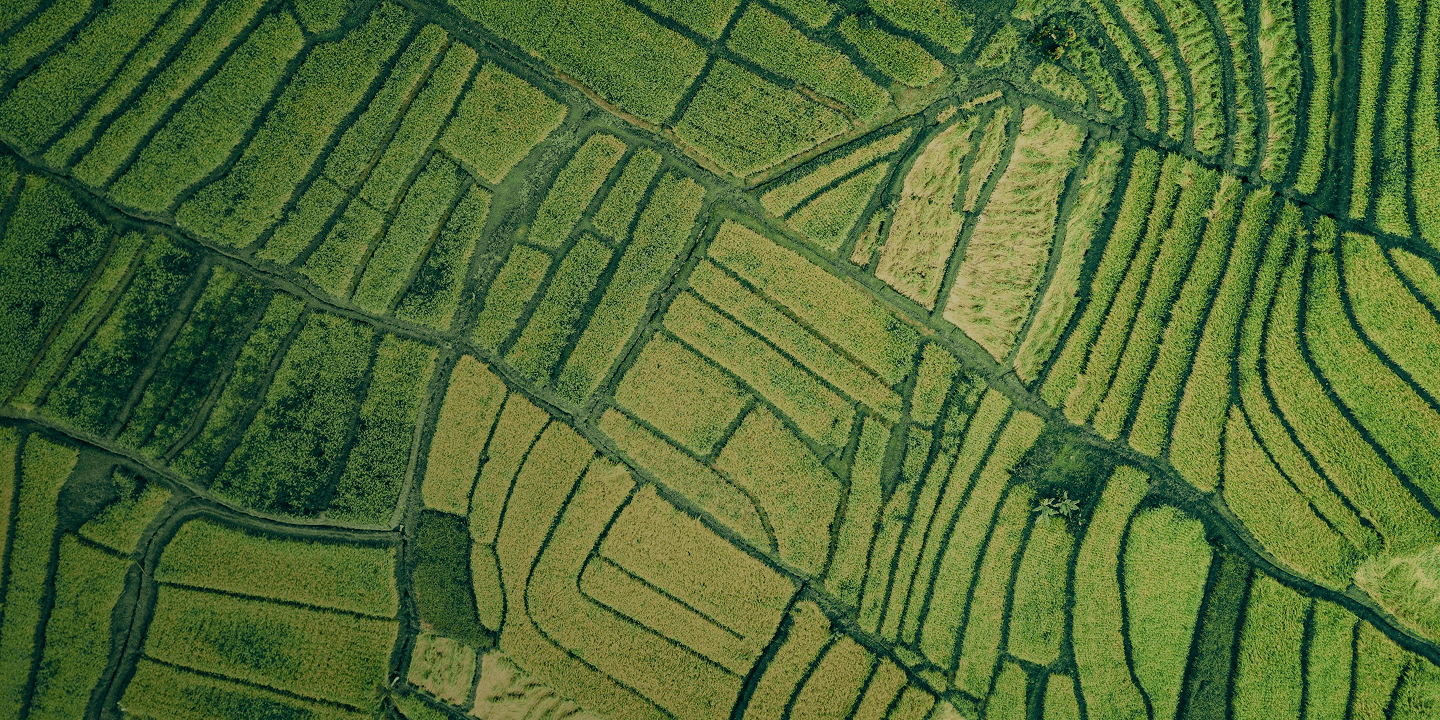Every six seconds we lose a football field of rainforest
For years, the world has been seeking ways to preserve nature at scale. However, existing approaches have not been fully successful in achieving this.
The loss of existing forests is estimated to be about six times worse for the climate. If destroyed, they will release a much higher level of stored carbon into the atmosphere, ruin rich biodiversity and the habitats of millions, and could take decades or centuries to regenerate.
Our planet’s last intact forests are under mounting threat of irreversible, permanent loss if new approaches to protect them are not urgently supported.
Preserving intact forests is more impactful than restoring deforested areas
There is a special classification for jurisdictions with high forest cover and low historical rates of deforestation.
Classified as ‘High Forest, Low Deforestation’ (HFLD), there are currently a dozen countries and nearly 40 subnational jurisdictions globally that, together, contain a quarter of the world’s existing forests. That’s close to a billion hectares of mainly intact forests, locking in billions of tonnes of carbon.
While nearly all forests will eventually face threats, carbon credits have, until recently, focused predominantly on areas that have already experienced high rates of deforestation. Perversely, this has meant that forests in HFLD jurisdictions were overlooked until they were under immediate threat or after they had been cut.
Scaling of financial incentives urgently needed to preserve our last intact forests
Soon, carbon credits from HFLD jurisdictions will be available under two reputable standards, ART-TREES and the World Bank FCPF, offering a market-based incentive to preserve nature at scale.
These credits will be available for investment and purchase, with the potential to protect some of the most critical forest areas remaining on the planet. Like other high-quality credits, these HFLD credits employ very conservative benchmarks to quantify the beneficial contribution of HFLD jurisdictions to global climate mitigation.
Credits from HFLD jurisdictions play an ongoing role in buttressing the integrity of all forest credits
Carbon credits provide a readily available market-based solution for protecting intact forests at a time when ambitious action is urgently needed.
Climate Impact X, Conservation International, Emergent, Natural Climate Solutions Alliance and the Wildlife Conservation Society have come together to help ambitious companies make more informed decisions about using credits from HFLD jurisdictions within broader climate mitigation portfolios.
Find solutions tailored to your needs

For Corporate Buyers
Buy and retire verified carbon credits and RECs with flexible procurement and deep market expertise to support sustainability goals.

For Traders & Intermediaries
Enhance trade execution and liquidity through robust market infrastructure and efficient settlement with a broad counterparty network.

For Project Suppliers
Tap into a global network of buyers to secure spot or forward demand, while ensuring fair pricing for carbon credit and REC projects.










High Forest, Low Deforestation (HFLD) jurisdictions, such as those in the Tshuapa Province in the Democratic Republic of the Congo, must be supported by substantial financial incentives to ensure the preservation of the invaluable biodiversity they harbour, and thus contribute to the global fight against climate change and the protection of nature and mankind.